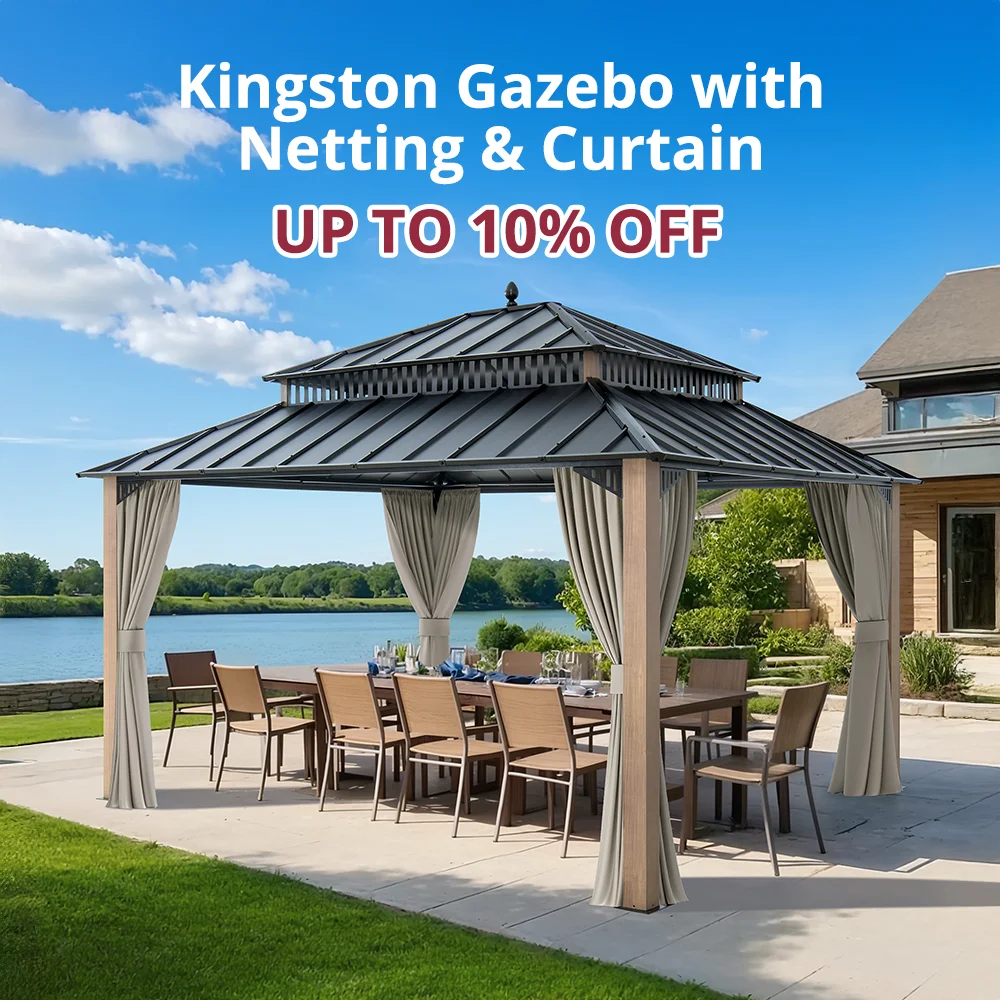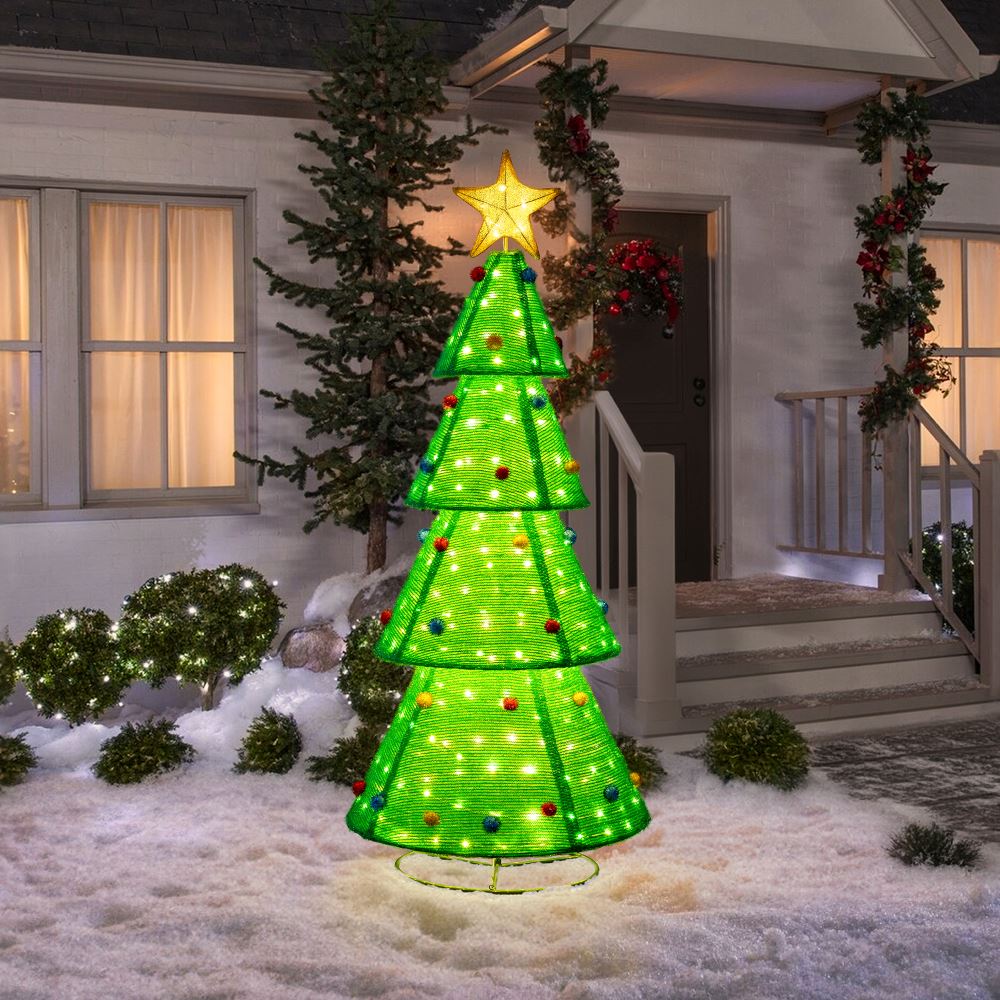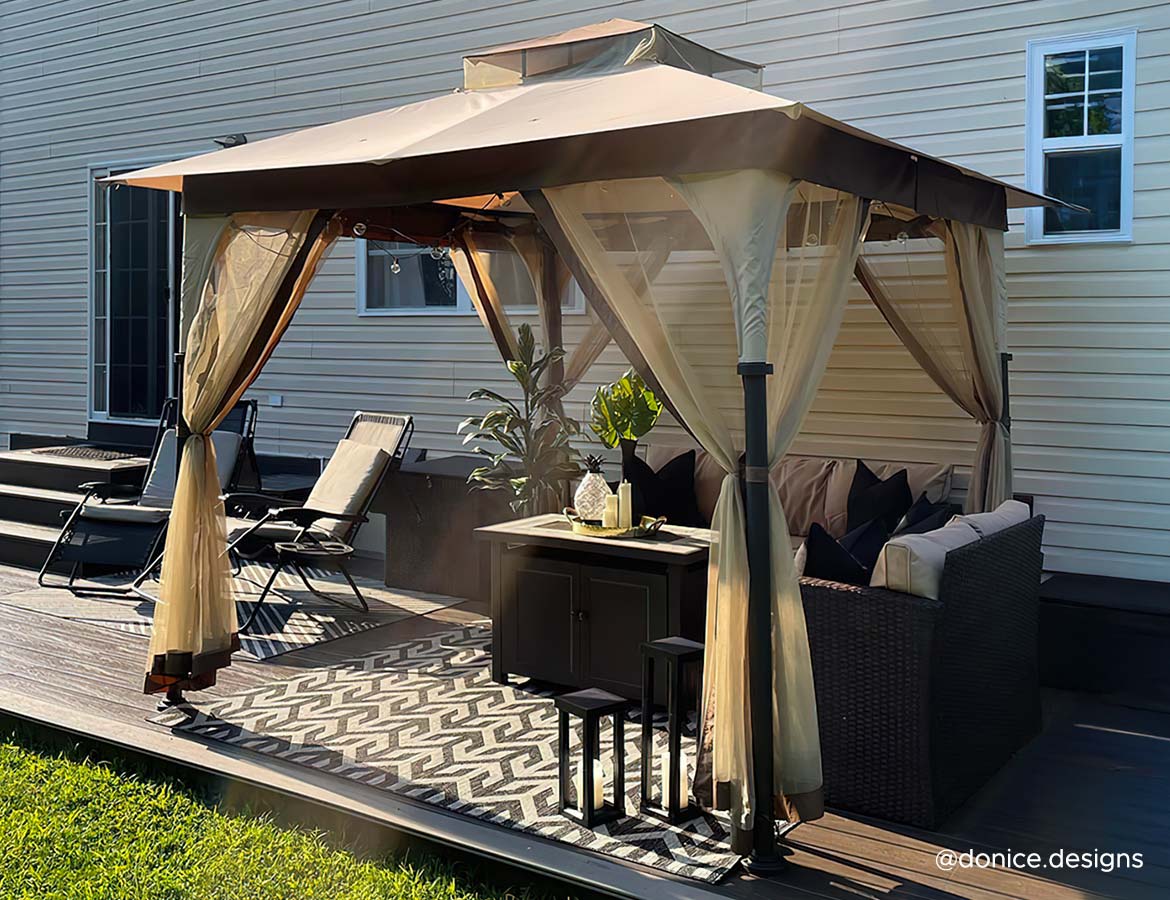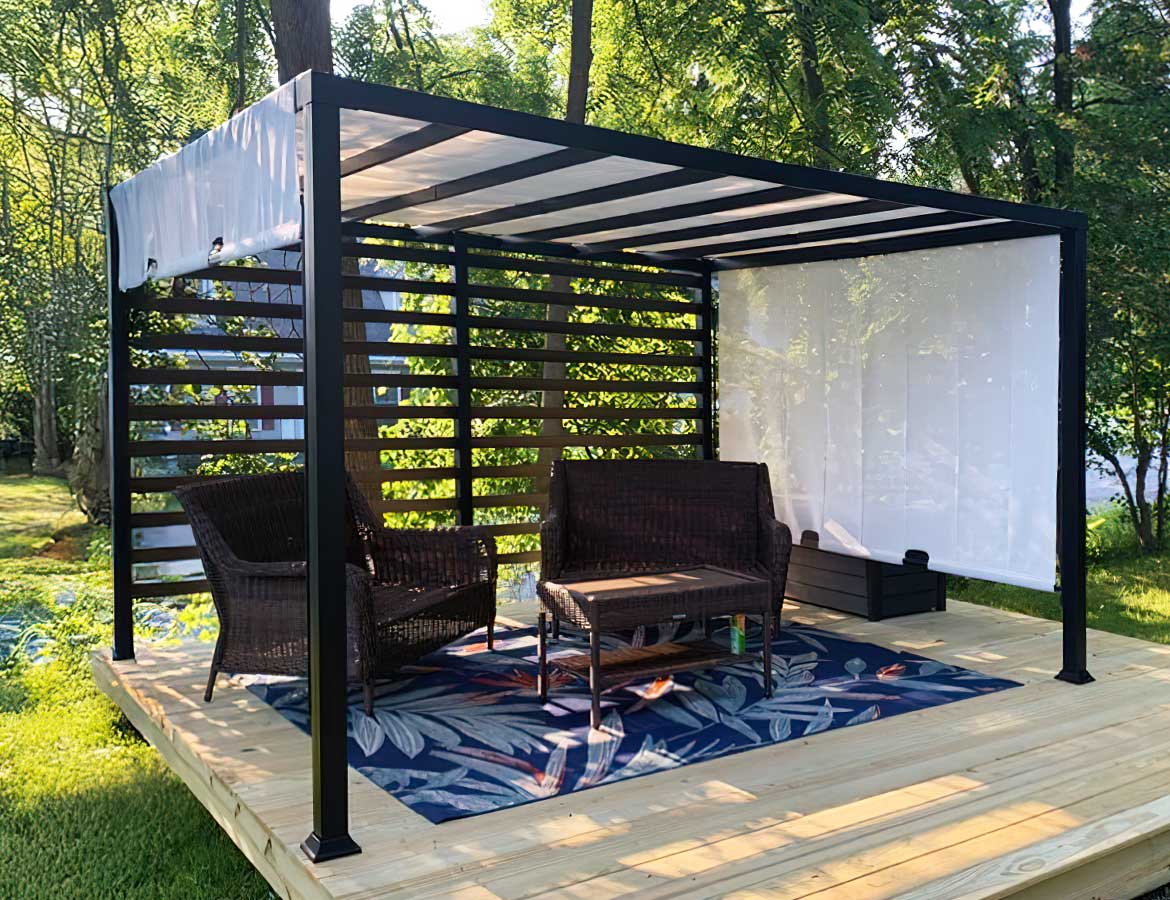When temperatures rise, your pergola becomes more than just a backyard centerpiece—it's your personal shade haven. If you're debating between aluminum and wood pergolas, one crucial question comes up a lot: Which material keeps your outdoor space cooler in summer?
This blog dives deep into that question, comparing aluminum vs. wood pergolas on heat retention, airflow, shading, and long-term comfort. If you’re looking for honest insight to make the right choice for your outdoor living space, you’re in the right place.
Why Pergola Material Matters for Summer Comfort
Your pergola’s material plays a direct role in:
Surface temperature
How much heat is absorbed and radiated
How air circulates underneath
Long-term durability under sun exposure
Understanding these factors will help you choose the best pergola for hot climates.
Aluminum Pergolas: Are They Cooler?
Heat Behavior of Aluminum
Aluminum is a metal, and like most metals, it conducts heat quickly. In direct sunlight, the surface of an aluminum pergola can become hot to the touch. However, aluminum also cools down rapidly once the sun sets or shade is introduced.
But here’s the key: most aluminum pergolas are powder-coated with light or reflective finishes. These coatings help deflect sunlight instead of absorbing it. As a result, the structure doesn’t radiate as much heat downward compared to darker, untreated materials.
Ventilation & Shade Design
Aluminum pergolas often come with adjustable louvers or slatted roofs that allow for better airflow and customizable shade. This gives homeowners the ability to direct sunlight away or open the structure for ventilation on hot days.
Conclusion: Is Aluminum Cooler?
While the aluminum surface itself may heat up, its ability to reflect sunlight, combined with modern design features like adjustable louvers, makes aluminum pergolas surprisingly comfortable in summer.
Wood Pergolas: Natural But Hotter?
Heat Behavior of Wood
Wood is a poor conductor of heat, which means it doesn't heat up as quickly as metal. So yes, wood pergolas stay cooler to the touch than aluminum on a scorching day. But wood absorbs more heat overall if it's not treated or painted with reflective coatings.
Dark-stained wood, in particular, traps heat and radiates it downward slowly throughout the day. This can create a warmer zone underneath, especially if there's no added shade canopy or climbing plants.
Shade and Insulation
Wood pergolas are often built with fixed beams and rafters, which provide partial shade but less flexibility than aluminum systems. You can enhance shade by adding fabric canopies, vines, or climbing plants—but that requires extra maintenance.
Conclusion: Is Wood Cooler?
To the touch, wood may feel cooler. But the overall shaded area under a wood pergola can be warmer unless it's strategically placed and accessorized.
Head-to-Head Comparison: Aluminum vs. Wood in Summer
|
Feature |
Aluminum Pergola |
Wood Pergola |
|
Surface Heat in Sun |
Hot to touch, cools fast |
Cooler to touch, holds heat longer |
|
Heat Reflection |
High (with light powder coat) |
Low (unless painted white or light color) |
|
Airflow & Adjustability |
Excellent with louvers/slats |
Moderate (fixed rafters) |
|
Maintenance |
Low (rust-proof, powder-coated) |
High (sealing, staining, weatherproofing) |
|
Cooling Accessories |
Built-in shade systems available |
Needs add-ons (fabric, plants, etc.) |
Real-World User Experience
Urban Homes: Many homeowners in hot climates (Texas, Arizona, Southern California) report that modern aluminum pergolas with adjustable slats offer the best summer comfort. The ability to open or close the roof based on the sun’s angle is a game-changer.
Natural Settings: Some prefer the rustic look and feel of wood and combine it with retractable canopies to boost comfort. But this setup requires more upkeep and strategic design.
Design Tips to Maximize Summer Comfort
Regardless of material, you can optimize your pergola for summer with these tips:
Choose light colors: Reflects sunlight and reduces heat.
Add curtains or side screens: Blocks lateral sun exposure.
Use climbing plants or retractable shade: Natural or mechanical cooling.
Position strategically: Face openings away from the hottest sun angle.
Install misting systems or fans: Boosts airflow under both wood and aluminum pergolas.
Final Verdict: Which Is Cooler in Summer?
If you want a pergola that feels cooler to the touch, wood wins. But if you're looking for an overall cooler shaded environment with better air movement, aluminum pergolas come out on top.
Thanks to modern coatings, smart design (like louvered roofs), and minimal upkeep, aluminum pergolas outperform wood in hot climates when it comes to summer comfort.
Ready to Upgrade Your Outdoor Space?
Check out our collection of premium aluminum pergolas with adjustable shade features, UV-resistant finishes, and low-maintenance materials. Designed for style and engineered for summer.
[Explore Aluminum Pergolas Now] — and enjoy a cooler backyard this season!






Leave a comment
All comments are moderated before being published.
This site is protected by hCaptcha and the hCaptcha Privacy Policy and Terms of Service apply.